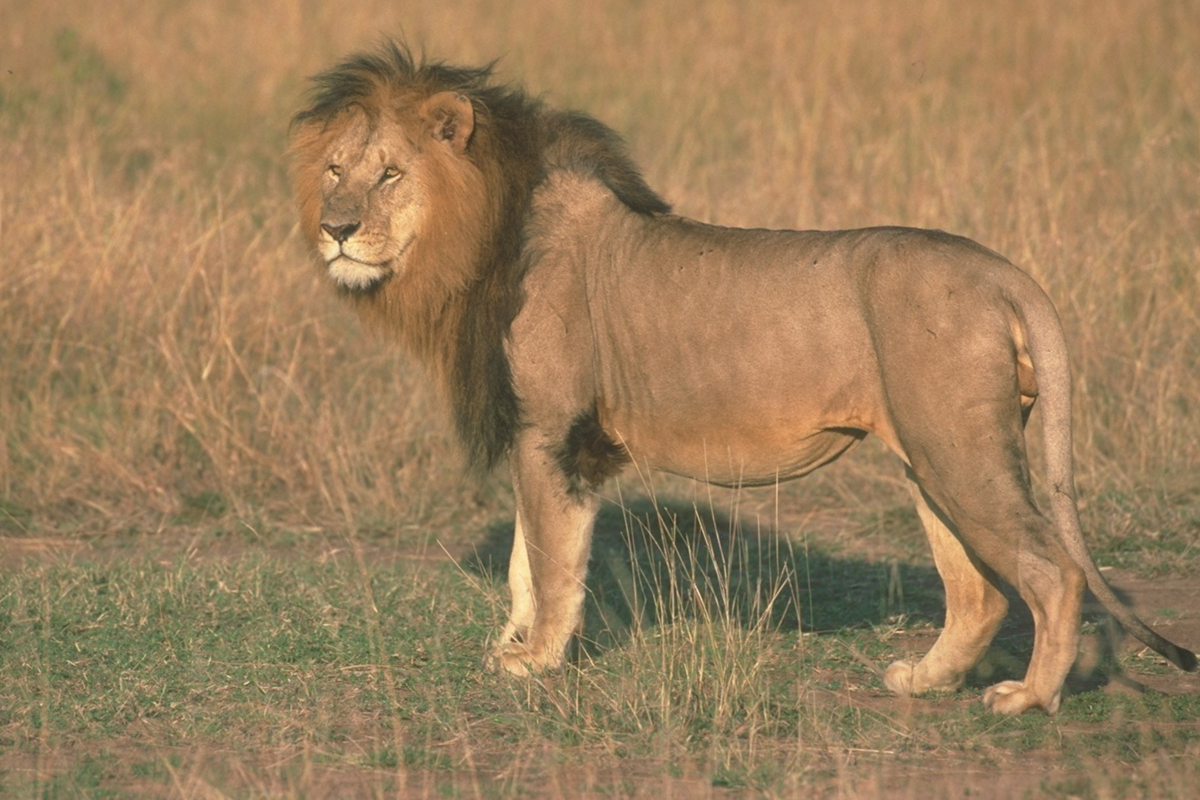How The New U.S. Rules Will Affect Lion Trophy Importation Into The U.S
 Special U.S. import required.
Special U.S. import required.
Lions from southern and eastern African countries are considered “threatened with extinction.” You cannot import a trophy into the U.S. without first getting a U.S. import permit, in addition to a CITES export permit. According to the rule, as of 2013 legal trophy hunting occurred in five southern and eastern African countries: Mozambique, Namibia, South Africa, Tanzania, and Zimbabwe.
Lions in western and central Africa are considered “endangered.” According to the rule, as of 2013 legal trophy hunting occurred in three of these countries: Benin, Burkina Faso and CAR. Although the U.S. has the authority to issue permits for imports of endangered species for scientific research and enhancement of the survival of the species, they rarely do so.
The U.S. is not ready to issue trophy importation permits at this time.
Before it will issue permits for importation of trophies from lions in southern and eastern Africa, the U.S. will have to make a determination that the hunting of the lion and the importation of the trophy into the U.S. will “enhance the survival” of lions in the wild. The U.S. will most likely make this determination on a country-by-country basis.
Although the U.S. rule says that trophy hunting of lions can enhance the survival of the species, it finds that mismanagement of trophy hunting in some areas has led to unsustainable lion hunting. The U.S provides specifics about the problems that it found and makes suggestions for improvements in the management of lion hunting. This indicates the kinds of information and the types of management changes that the U.S. will need to see before it will issue permits. Since some of the changes that the US seeks could require major changes in the existing lion hunting structure in some countries, it is difficult to predict when and if the U.S. will receive the information it needs to satisfy its enhancement of survival requirements.
Captive-bred lions are also listed.
Captive-bred lions are covered by the U.S. rule. According to the rule, close to 90% of the trophies imported from Africa into the U.S. in 2013 (approximately 547 out of 629) were from lions bred and hunted in captivity in South Africa.
Permits for captive-bred lion trophies likely to be difficult to obtain.
The new rule makes clear that the U.S. does not intend to issue importation permits for captive-bred lions until it can be demonstrated that their hunting and importation enhances the survival of wild lions. The U.S. is currently of the opinion that captive-bred lion hunting and importation does not enhance species survival in the wild. The rulemaking says:
“We do not believe that the captive-lion industry currently … reduces, or removes threats to the species.” … While it is argued that South Africa’s captive-bred lion industry may reduce pressures of trophy hunting on wild South African populations, there is no substantial or peer-reviewed science to support such a claim. Likewise, there is no record or evidence to support claims that the captive-bred lion industry is supporting reintroduction into the wild in any significant way.
Lions harvested before January 22, 2016.
According to the U.S. rule, lions harvested before January 22, 2016 will not need a U.S. importation permit. Hunters should ensure that they document the date when they harvested their lion.  This can be done with a hunting license, notarized letter, or similar official documentation that proves the lion was harvested before January 22, 2016.
Previously booked lion hunts.
Hunters who have lion hunts booked for dates from January 22, 2016 forward will need to obtain permits to import any lions successfully taken during these upcoming planned hunts. Since it presently is unclear if, when and from which countries the U.S. will issue importation permits in the future, SCI advises hunters to contact their outfitters to discuss their options.
What is SCI doing to protect its members’ interests?
SCI’s advocacy experts, including legislative, policy and legal staff, are carefully reviewing the rule to analyze strategies for potentially 1) expediting the US government’s receipt of information necessary to issue permits; 2) facilitating communication between range countries and the U.S. government on lion management and conservation issues; and 3) challenging aspects of the rule. SCI will continue to update its membership on the progress of its efforts. For updates, please follow SCI’s advocacy blog.
The entire 229-page U.S. rule can be read here.
The U.S. government has prepared a Fact Sheet (FAQ) on its lion rule that appears here.

